7 high-fibre foods you should be eating, according to a dietitian
Many people say “carbohydrates are evil”, but that’s not entirely true. It depends on what kind of carbohydrates you’re referring to.
Apart from the infamous refined sugar, did you know that fibre is categorised under carbohydrates too?
Fibre has been shown to have beneficial effects to many aspects of human health.
A recent article by the Journal of the American Medical Association reported that fibre is associated with lower weight, and reduced risk of diabetes, heart disease, and cancers.
Mechanisms by which it does so include improving insulin sensitivity, cholesterol levels, blood vessel health, and gut microbiota health.
Perhaps the miraculous dietary component for longevity everyone is seeking is this humble fibrous substance. We just have to make sure we get enough fibre in our meals!
According to the Health Promotion Board, women need 20 grams of fibre a day while men require 26 grams a day.
Fibre pills and synthetic (or isolated) fibre added into food products during manufacturing may have some similar effects as its natural counterparts in food.
However, their long-term benefits are not yet known. Therefore, as much as possible, it should be obtained naturally from whole foods such as fruits, vegetables, whole grains, and legumes.
How do we make sure we get enough fibre every day?
Sure, you can make the switch from white rice to brown rice, which instantly increases your fibre intake from 0.6 to 3.5 grams per cup of cooked rice.
Check out these quick and tasty brown rice recipes for a start:
But you definitely need to do more than just that if you want to hit your fibre recommendations.
I understand that life can get busy and it is tiresome to calculate the type and amount of food you need every day. So, I will do it for you.
Just add these foods into your diet every day and you’ll get enough fibre for health.
1. Chia seeds (1 tbsp = 5g fibre)
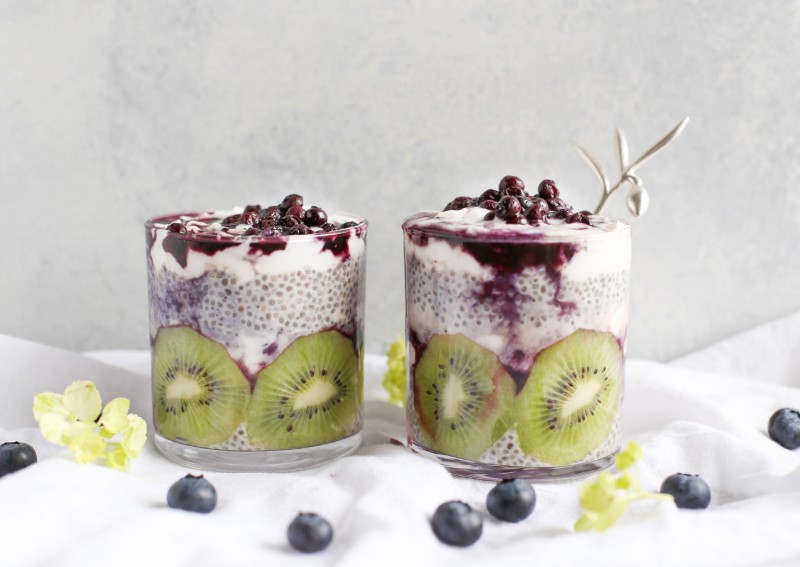
Chia seeds are a type of seed that swells up to create a gel-like texture when you add them in water, something like basil seeds in certain drinks.
A tablespoon of chia seeds gives you 5 grams of fibre. They are my favourite way to increase my fibre intake because it’s so convenient.
All I do is add a tablespoon into my water bottle at the start of the day, and I get 5 grams of fibre by the end of the day.
2. Almonds (¼ cup = 3.5g fibre)
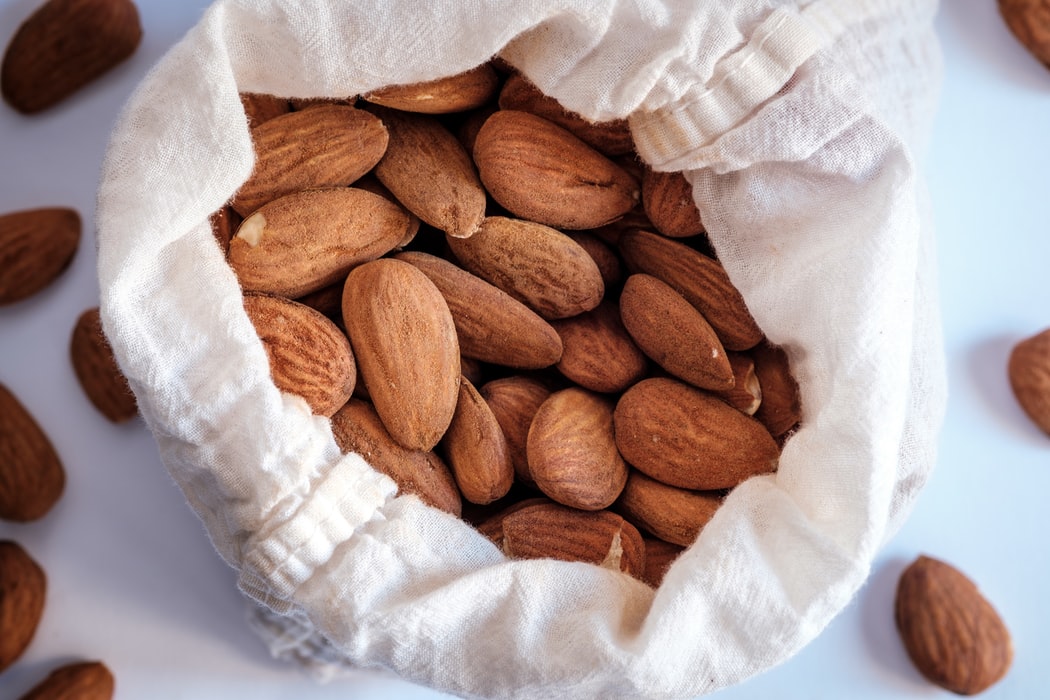
All nuts contain fibre, and almonds have one of the highest amounts. A quarter of a cup of almonds, or 23 almonds specifically, give you 3.5 grams of fibre.
Almonds are also high in unsaturated fats and antioxidants that protect your heart, and contain protein that keeps you full in between meals.
They are a great snack, and really come in handy at 4pm in the afternoon when you start getting hungry. Keep a packet in your office drawer so it’s easily accessible.
Don’t consume more than that quarter cup though, because they do still contain calories.
3. Wholemeal bread or oats (2 slices bread or ½ cup oats = 4g fibre)
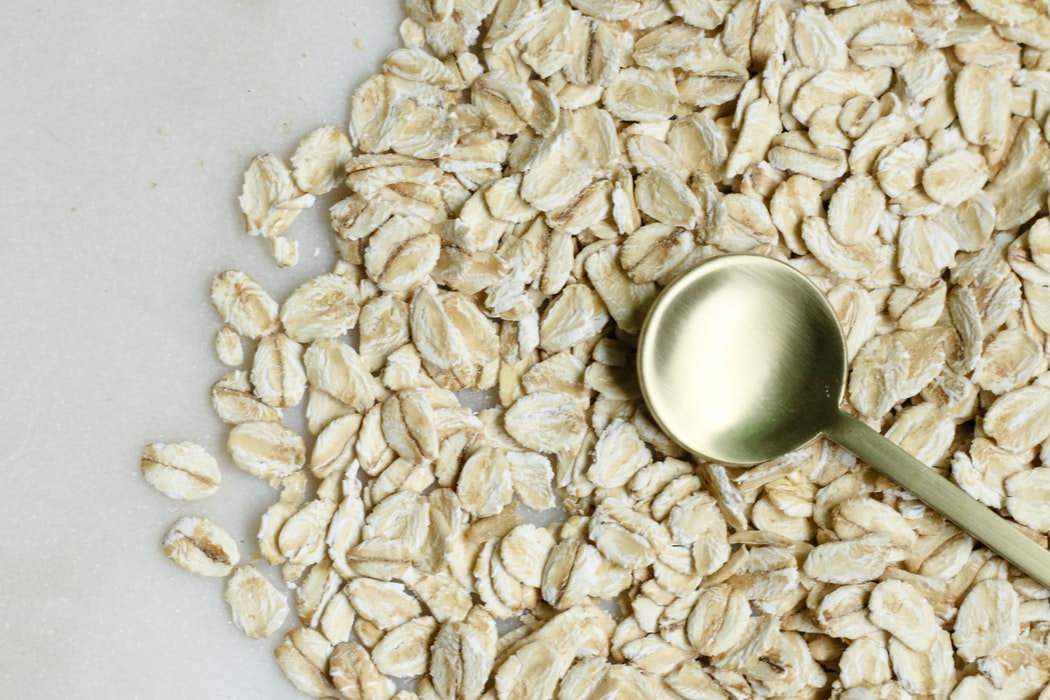
Wholemeal bread starts at about 3 – 4 grams of fibre for 2 slices, and can go up to about 5.5 grams for 2 slices.
On the other hand, half a cup of oats gives you 4 grams of fibre; they’re tasty soaked overnight with milk or yoghurt.
These are both great options to have at breakfast because when food contains fibre, it helps keep you full for longer and prevents pre-lunch snacking.
4. Legumes or pulses (2 tbsp = 2g fibre)
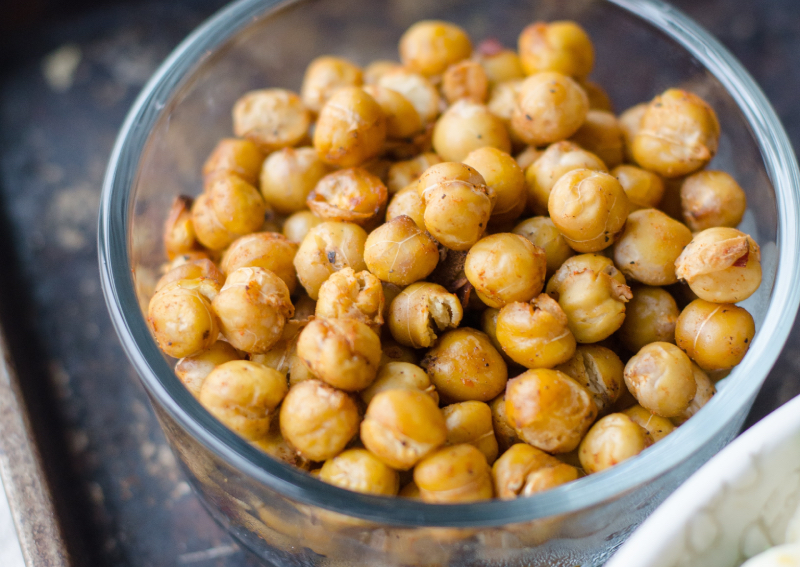
These plant foods that are always associated with vegetarian diets are not only a good source of fibre, they also contain protein.
They include chickpeas, lentils, kidney beans, and soybeans. Chickpeas and lentils contain about 2 grams of fibre for every 2 tablespoons and are easy to incorporate into your diet.
All you have to do is cook 10 per cent less rice than you normally would at meal times. You then add 2 tablespoons of cooked chickpeas or lentils for each person you’re cooking for.
If it can be mixed into a dish, by all means. If not, they can just be mixed straight into rice.
For convenience, you can buy canned chickpeas or lentils at the supermarket, drain it, and use straightaway.
5. Fruits (2 servings = 7g fibre)
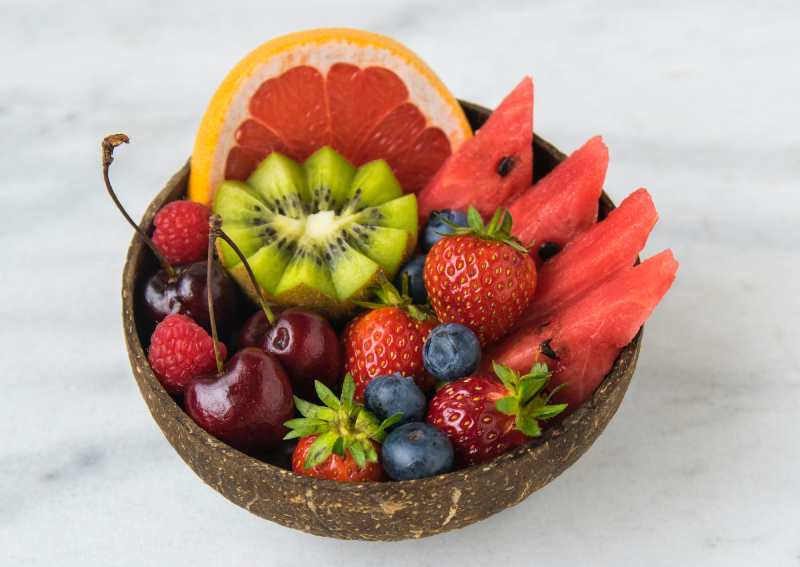
Most fruits have around 3 – 4 grams of fibre per serve, such as apples, pears, oranges, and strawberries. , which is the recommended amount, will give you at least 6 – 8 grams of fibre.
Personally, I find the best time to have them is at breakfast or afternoon tea time, and after dinner.
Grab-and-go types of fruit are best at breakfast or afternoon tea time where time may be tight. They include fruits such as banana, mandarin oranges, grapes, or berries.
It may be useful to buy a bag of fruits at the start of each week and leave them at work so they’re easily accessible. It’s all about setting healthy eating systems up in place.
6. Vegetables (2 servings = 4g fibre)
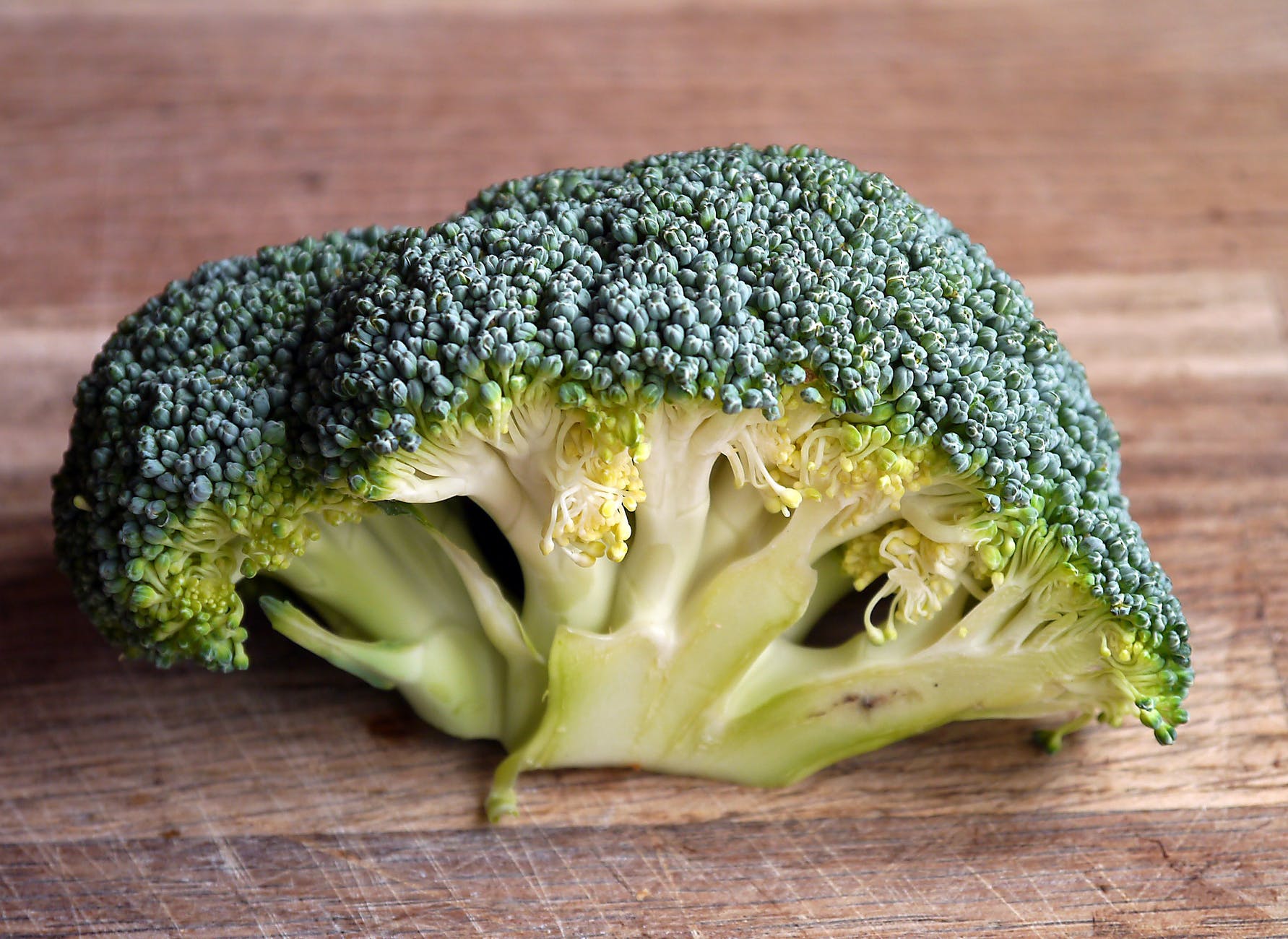
Most vegetables contain slightly more than 2g of fibre per cup, such as cauliflower, broccoli, cabbage, and eggplant.
The recommended amount of two servings per day will give you about 4g of fibre. Choose a serving at each of lunch and dinner, and you would have two a day.
If you know it’s hard to get vegetables during the day, you have two options.
One, if you’re a breakfast smoothie kind of person, you can easily add some cucumber, spinach or celery into it. Otherwise, just cook more at dinner time!
With all of the above, you would have 25.5 grams of fibre a day, give or take. You would definitely get enough fibre for the day.
And here’s an additional booster to consider…
7. Fibre booster: Lupin flakes (¼ cup = 18.5g fibre)
Have you heard of lupin? Don’t worry if you haven’t, you’re not too late in the game. It is a variety of legume that is both high in protein and… you got it, fibre.
What’s even better is the development of lupin flakes. Designed to be more easily added into your food than the bean itself, half a cup of lupin flakes provides a whopping 37 grams of fibre!
This amount cooked with a cup of raw rice (2.4g of fibre) yields approximately 4 portions of cooked rice. This translates to 10 grams of fibre per portion of rice cooked with lupin!
That meets half a female’s daily requirements and more than a third for males.
It’s definitely very useful if you’re finding it hard to get enough fibre in your diet.
Another benefit is that it is extremely low in carbohydrates, 20x less than rice, to be specific.
This makes it a great option for diabetics and those on a low carbohydrate diet.
Check out Fruxfield’s website to find out more about lupin flakes!
The recommendations from this article are not the only way you can get enough fibre to meet daily requirements. There are so many other fibre-containing foods that you can include in your diet to keep it variable and interesting.
If you’re inspired by this article to find out if you’re getting enough from your daily food choices, you can look up the fibre content of foods you’re eating either through food labels or food and nutrient databases.
Knowing the amount of fibre in foods can help you substitute what I’ve recommended above with a product of your choice. This way, you create a basket of high-fibre foods more suited to your diet and lifestyle.
Lastly, I’d like to end off by reminding you that a healthy diet is not just about one food component but an entire dietary pattern.
So don’t think you can get away with diseases just by popping fibre pills on top of an unbalanced diet!












Leave a Reply